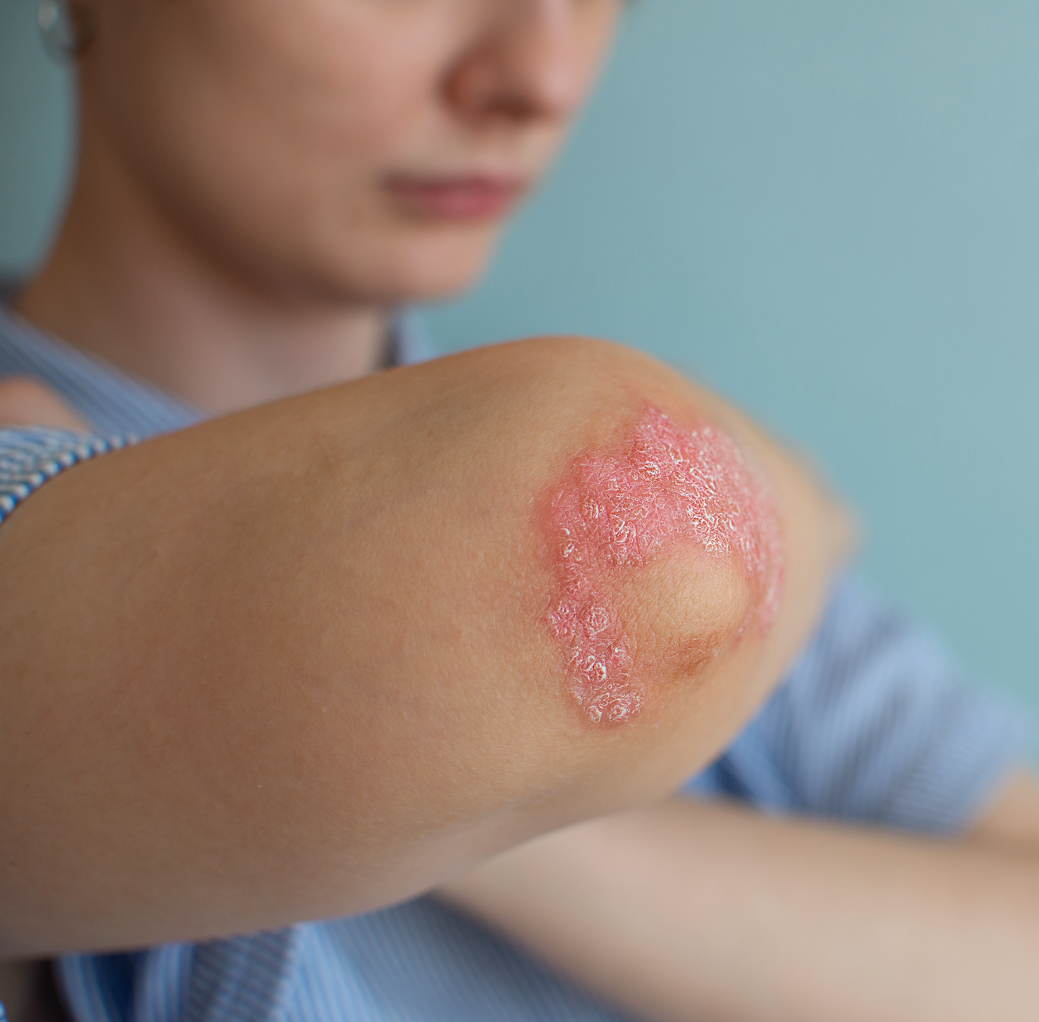Article
Q&A: HLA-B27 Influence on Patients with Peripheral Spondyloarthritis Phenotype
Author(s):
In this Q&A, Mireia Moreno, MD, discussed the findings of a study that evaluated the influence of HLA-B27 in the phenotypical expression of peripheral spondyloarthritis (pSpA), including psoriatic arthritis, which is the most well-defined pSpA.
In patients with psoriatic arthritis (PsA) or peripheral spondyloarthritis (pSpA), the presence of HLA-B27 was associated with earlier disease onset and higher axial involvement, tarsitis and uveitis, but not peripheral structural damage, fibromyalgia or extra musculoskeletal manifestations. This is according to a study published in RMD Open.1

In this Q&A, corresponding author Mireia Moreno, MD, PhD, Parc Taulí Sabadell University Hospital in Sabadell, Spain discussed the research and its findings.
This observational cross-sectional study included 4465 patients in the Assessment of SpondyloArthritis international Society perSpA registry, of which 790 were classified as having either PsA or pSpA and had the HLA-B27 typing available. The researchers assessed the association of demographic and clinical data, the presence of extra musculoskeletal manifestations, and fibromyalgia to HLA-B27 positivity.
An independent association was found between of HLA-B27 positivity with male sex, an earlier onset of the disease, the presence of axial involvement, tarsitis, and uveitis.
No association was found between the presence of HLA-B27 and peripheral joint damage, dactylitis, psoriasis, inflammatory bowel disease, or fibromyalgia.
HCPLive Rheumatology: Why was the study conducted?
Mireia Moreno, MD:Knowledge regarding peripheral forms of spondyloarthritis is limited. Thanks to the registry carried out by the ASsessment in Ankylosing Spondylitis (ASAS) group, we can shed light on this lack of knowledge. In particular, we know a lot about the relationship of the HLA-B27 with axial forms; however, to date there is nothing described on the peripheral forms in this sense.
HCPLive: What were the surprises from the findings?
MM:There were not many surprises in the results compared with what we know in axial forms of the disease. However, we were able to see some associations of the HLA-B27 and phenotype expression in the peripheral forms.
HCPLive: How significant are the findings?
MM:The results are important for clinical practice. In our clinical practice, it is important to know as much as possible about the disease in order to be able to plan the most appropriate management for each individual.
HCPLive: What is the current practice and how could the findings possibly change things?
MM: In the same way that we take into account HLA-B27 presence in axial forms, it will also be true for peripheral forms.
Knowledge of the maximum aspects of the disease helps us to consider the disease burden and prognosis, as well as the likelihood of occurrence of other extra-musculoskeletal manifestations or comorbidities. In other words, it helps us to plan the best management and treatment strategy for each individual.
HCPLive: What are the takeaway points for clinicians?
MM: Peripheral spondyloarthritis is still largely unknown today. We need to be aware of this reality and take advantage of the new developments that have recently appeared thanks to the SpondyloArthritis international Society perSpA registry. Although there may be limitations, it is the best source of information on peripheral spondyloarthritis to date.
Our study supports an association between the presence of the gene with an earlier onset of the disease and the presence of axial involvement, tarsitis and uveitis in patients with pSpA, including those with a diagnosis of PsA. We did not find any association between HLA-B27 and peripheral radiographic damage nor with fibromyalgia.
HCPLive: Final thoughts?
MM: Medicine is moving towards individualization or personalization of management and treatment strategies. To achieve this objective, it is necessary to have as much knowledge as possible about the disease and the individual to be treated. Knowing what information is provided by the presence of HLA-B27 in peripheral forms helps us to establish a more precise strategy.
Reference:
Arevalo Salaet M, López-Medina C, Moreno M, et al.Association between HLA-B27 and peripheral spondyloarthritis phenotype: results from the ASAS perSpA study. RMD Open 2022;8:e002696. doi: 10.1136/rmdopen-2022-002696




